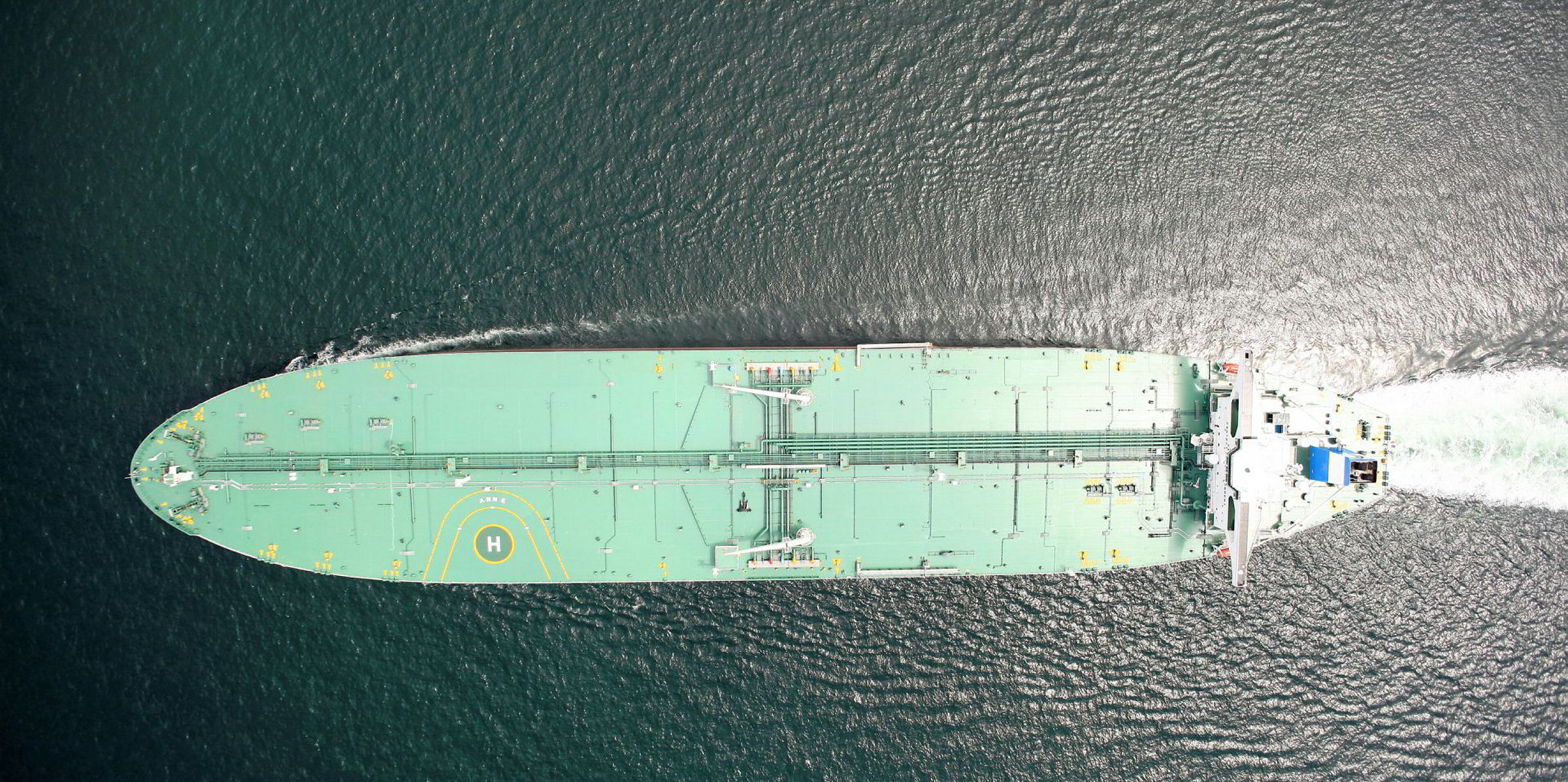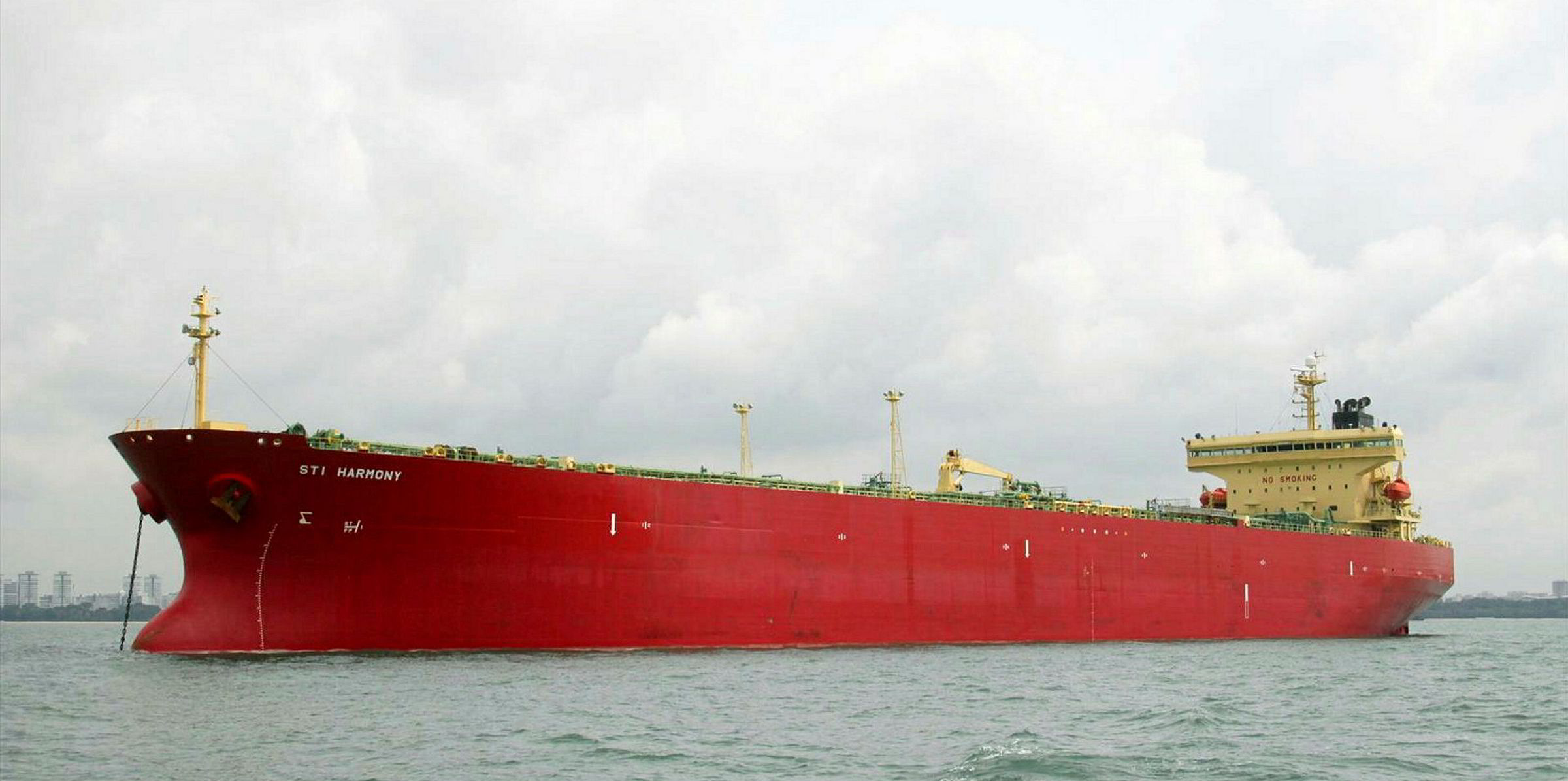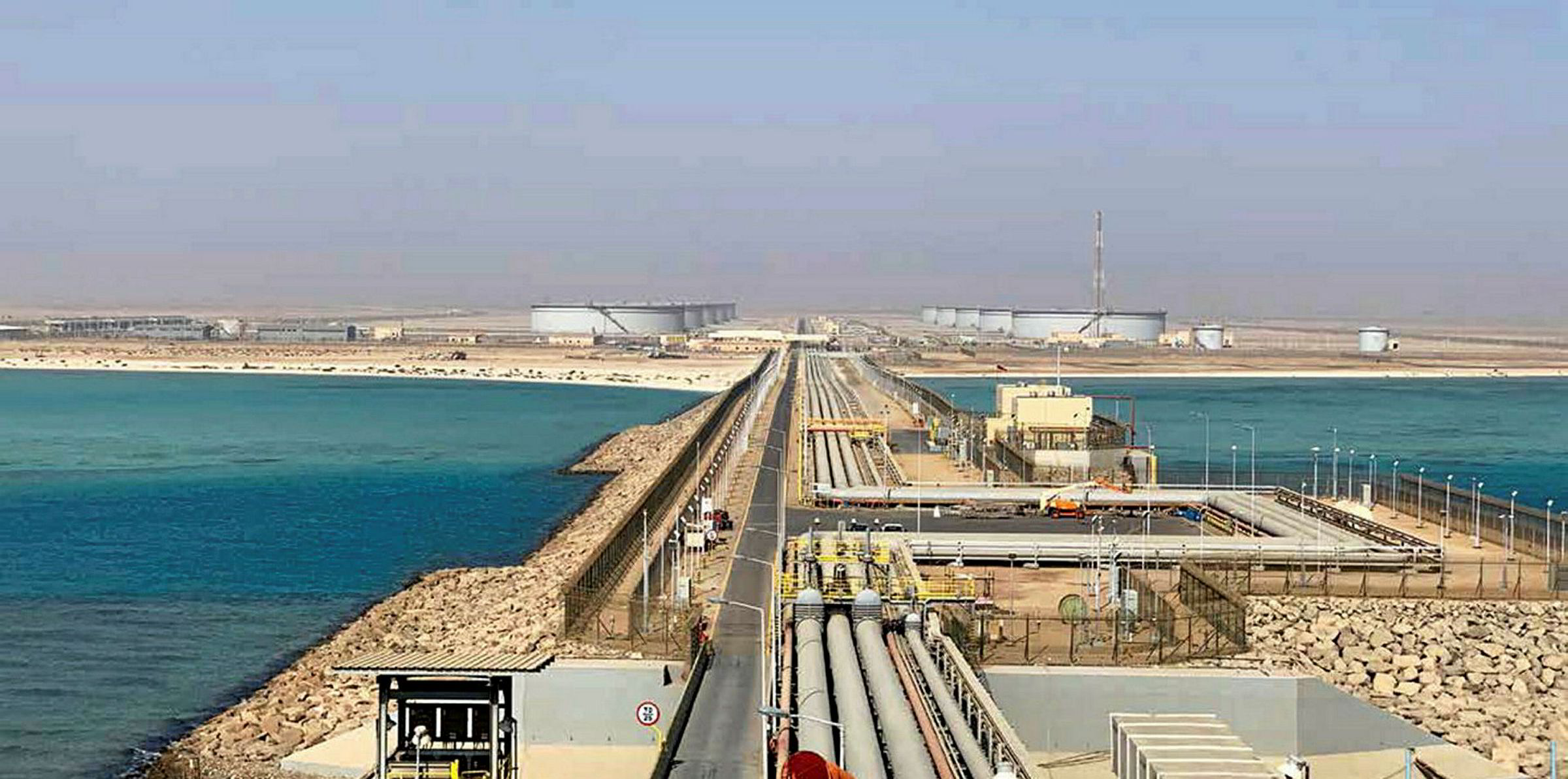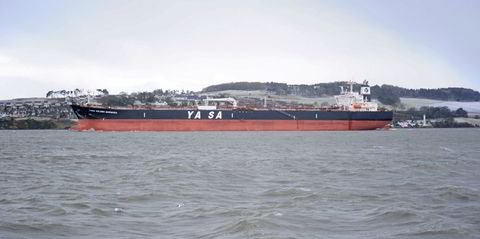VLCCs largely held their gains Tuesday with Chinese chartering demand in the Middle East Gulf, but some market players warned the bulls could be running out of steam soon.
On the Baltic Exchange, spot earnings on the TD3C Middle East-China route were assessed at $33,856 per day, up $1,489 from Monday’s level.
VLCC rates on the TD22 US Gulf-China trade were assessed at $7.89m on a lumpsum basis, up from $7.67m on Monday. On a time-charter-equivalent basis, daily earnings fell by $573 to $36,630 per day due to rising bunker costs, however.
Both readings were still significantly stronger than the levels seen on Friday, where the TD3C earnings were assessed at $24,442 per day and the TD22 earnings at $28,354 per day.
After multiple drone attacks on oil facilities wiped out 5.7m-barrel-per-day (bpd) crude production in Saudi Arabia last Saturday, charterers have rushed out to fix VLCCs in the Middle East Gulf and the US Gulf as parts of their efforts to secure oil supply.
Saudi Aramco, the country’s national oil firm, has reportedly prioritised supplying its top customers in China.
Reuters reported PetroChina would still receive the same amount of Saudi crude it purchased for loading in October, albeit with a delay of up to 10 days.
Tanker International data showed Unipec provisionally chartered a total of six VLCCs on Monday and Tuesday to lift crude from the Middle East Gulf during late September and early October, supporting regional demand.
The latest fixture was for the 313,900-dwt C Galaxy (built 2009), reportedly chartered by Unipec to load crude during 1-3 October for a shipment to China at Worldscale 66.
An email seeking comments from Sinopec, Unipec’s parent, has not been responded at the time of writing.
Long-term bearishness
Some market participants warned that a prolonged Saudi supply disruption would lead to weaker tanker demand later on, as consuming nations may need to tap into their stocks with limited spare crude production capacity elsewhere.
“If I saw any freight business, I would take it quickly,” one said.
The global oil market would face 3.5m-bpd supply deficit even if Aramco brings back some of the lost production back online quickly as promised, according to estimates by Robin Mills, chief executive of Dubai-based consultant Qamar Energy.
US-Asia crude shipments continue to rise this year and give shipowners hope for a boost in tonne miles, but infrastructure bottlenecks are expected to keep US exports close to 3m bpd.
Mills told Bloomberg Television that Russia and Opec can increase production by 1m bpd, but the International Energy Agency (IEA) would still need to release strategic stockpiles this month.
As of June, IEA member nations held oil stocks equivalent to 330 days of their net imports.
Alphatanker suggested that when or whether China would tap into its 350m-barrel Strategic Petroleum Reserve (SPR) is going to be critical for tanker demand, given that the No 1 buyer of Saudi crude is also the world’s top seaborne crude importer.
“In the event of a prolonged outage, it seems inevitable that Beijing would sanction an SPR release,” Alphtanker said in a note.
“Any replacement of crude imports with oil from stock would mean less tonne-mile demand for tanker voyages into China.”
“Especially considering that, due to the recently introduced tariff on US imports, it is not economic for Chinese refiners to purchase any crude made available from the US SPR.”
In its tit-for-tat trade war with the US, Beijing has imposed a 5% import duty on US crude since 1 September. Kepler data showed China’s imports of US crude fell from 515,000 bpd in August to 53,000 bpd in the first 10 days of September.
Four VLCCs — Hojo (built 2013), Hatteras (built 2017), Jaladi (built 2008) and Kirkuk (built 2019) — were bound for China after loading US crude but are now headed to India and Taiwan for October arrivals, according to Kpler.







